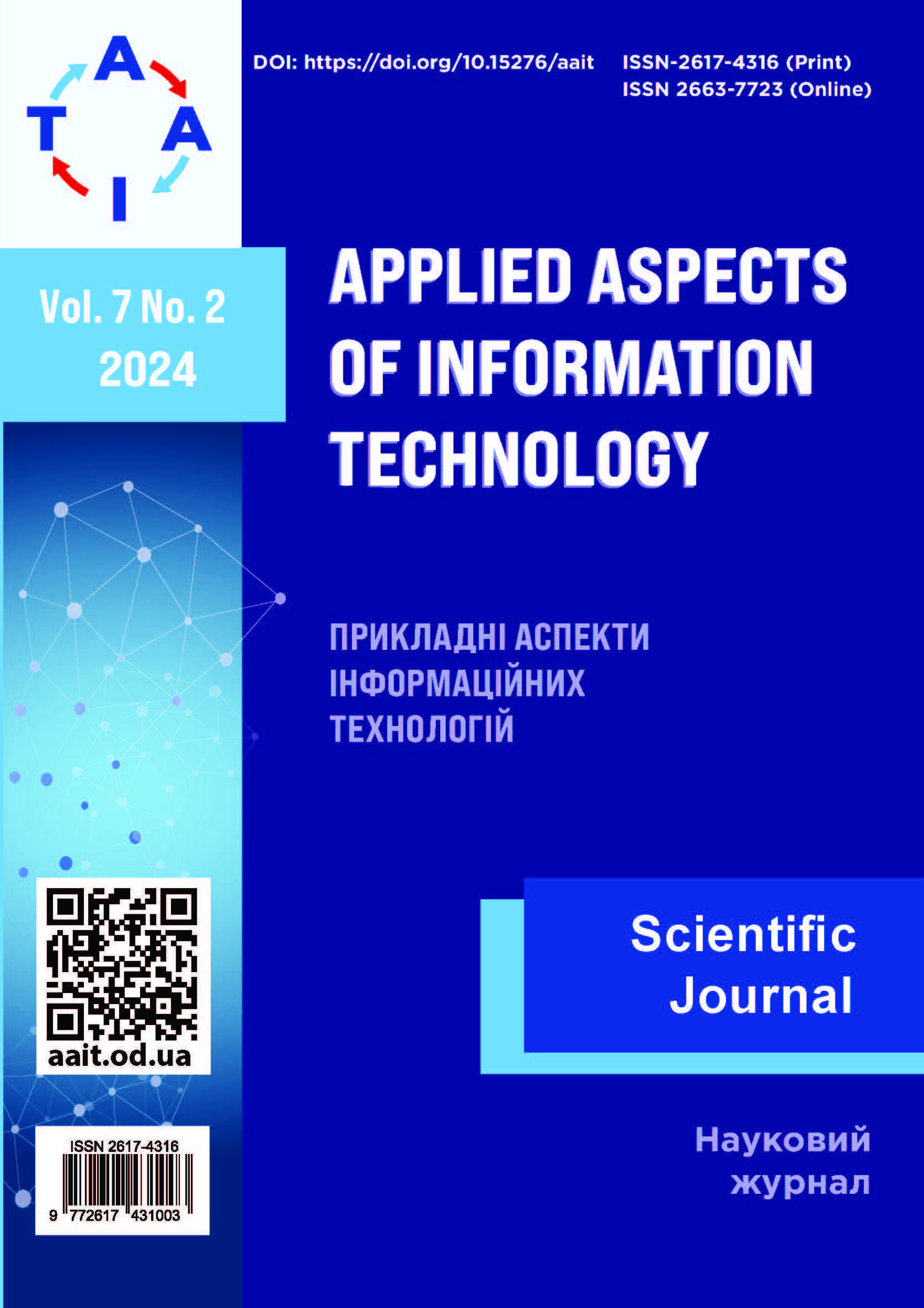Face recognition using ten-variate prediction ellipsoids for normalized data with different quantiles
Main Article Content
Abstract
Facial recognition technology plays a pivotal role in various domains, including security systems, entertainment, and identity verification. However, the low probability of identifying a person by face can have negative consequences, highlighting the need for the development and improvement of face recognition methods. The object of research is the face recognition process, with the subject of the research being a mathematical model for face recognition. One common approach in pattern recognition is using decision rules based on prediction ellipsoid. A significant challenge in its application is ensuring that the data conforms to a multivariate normal distribution. However, real-world data often doesn't adhere to this assumption, leading to reduced recognition probability. Therefore, there's a necessity to enhance mathematical models to accommodate such deviations. Another factor that can impact the outcome is the selection of different distribution quantiles, such as those from the Chi-square and F-distribution. For large datasets, the utilization of Chi-square and F-distribution in prediction ellipsoids typically results in similar probabilities, but there are data for which this is not the case and the application of prediction ellipsoids with different quantiles of the distributions gives different results. This study investigates the application of prediction ellipsoids in facial recognition tasks using different normalization techniques and distribution quantiles. The purpose of the work is to improve the probability of face recognition by building a ten-variate prediction ellipsoid for normalized data with different quantiles of distributions. We conducted experiments on a dataset of facial images and constructed prediction ellipsoids based on the Chi-square and F-distribution, utilizing both univariate and multivariate normalization techniques. Our findings reveal that normalization techniques significantly enhance recognition accuracy, with multivariate methods, such as the tenvariate Box-Cox transformation, outperforming univariate approaches. Furthermore, prediction ellipsoids constructed using the Chisquare distribution quantile generally exhibit superior performance compared to those constructed using the F-distribution quantile. Future investigations could explore the efficacy of alternative normalization techniques, such as the Johnson transformation, and analyze the construction of prediction ellipsoids with alternative components of the ellipsoid equation.



